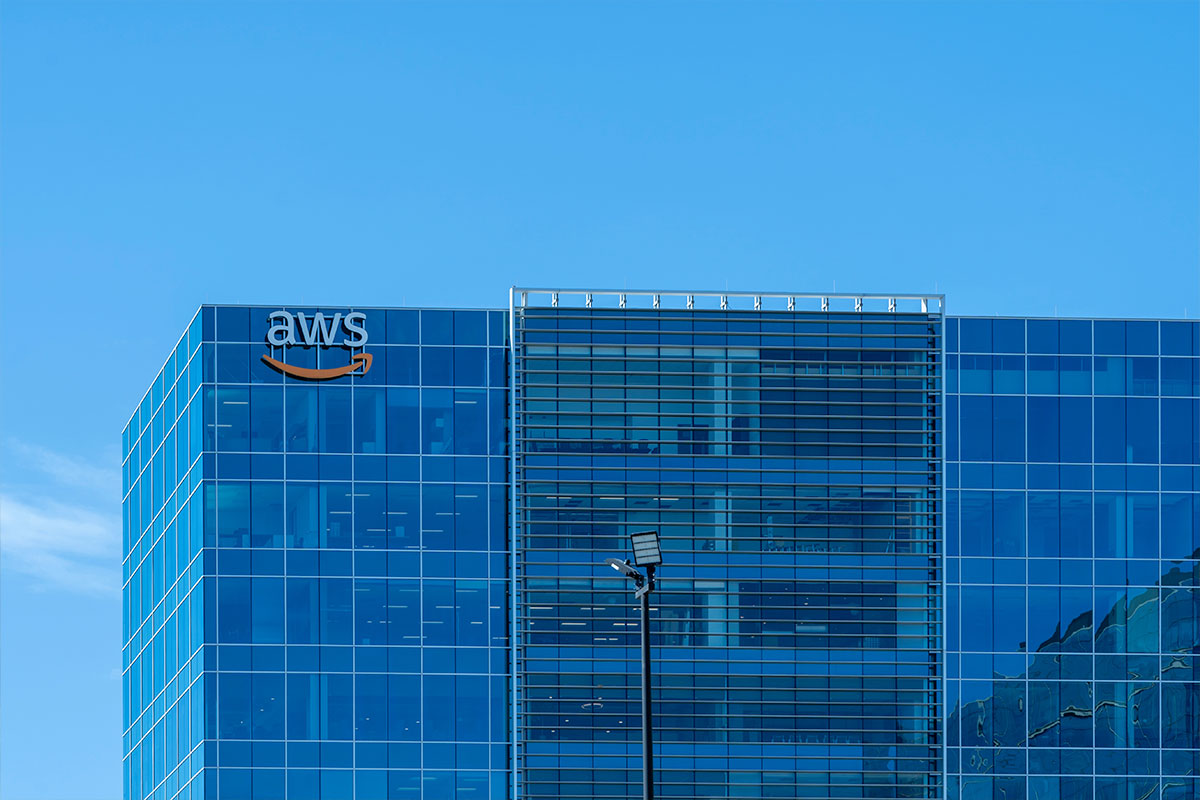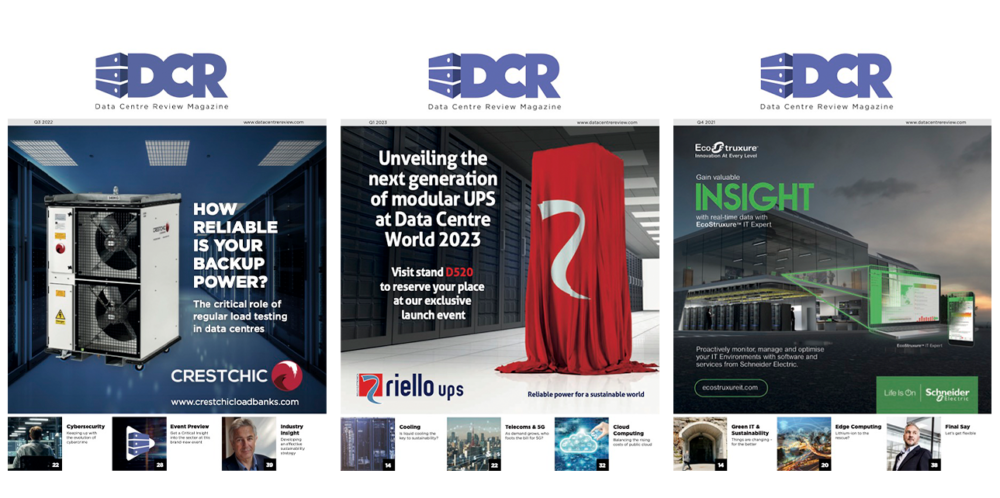Amazon Web Services (AWS) has reportedly hit the brakes on parts of its global colocation leasing programme, mirroring a similar slowdown at Microsoft and underlining how economic jitters are beginning to reshape the break‑neck pace of hyperscale growth.
As first reported by NBC News, Wells Fargo analysts said they had “heard from several industry sources that AWS has paused a portion of its leasing discussions on the colocation side (particularly international ones),” while stressing that the cloud provider is not tearing up signed contracts. They continued that “the positioning is similar to what we’ve heard recently from MSFT,” with both companies trimming early‑stage projects rather than “canceling” them outright.
Why AWS is pausing – and why it matters
The move comes after two years of record capital expenditure from AWS and Microsoft as they raced to secure Nvidia GPUs and build fresh capacity for generative AI workloads. The sudden pause suggests boardrooms are weighing near‑term macro‑economic threats, including proposed US import tariffs that could inflate hardware costs, against the long‑term demand curve for AI services.
Tech stocks have been impacted heavily by the recent economic moves by the US: Amazon’s share price is down 25% year‑to‑date, while Microsoft has fallen 15%. Both companies are due to report quarterly results next week, and investors will be watching for signs of a broader capex rethink.
Despite the chatter, AWS maintains that nothing fundamental has altered. “This is routine capacity management, and there haven’t been any recent fundamental changes in our expansion plans,” Kevin Miller, AWS’ Vice President of Global Data Centres, wrote on LinkedIn after the Wells Fargo note surfaced.
AWS is not alone. A week ago, Microsoft confirmed it was “slowing or pausing some early‑stage projects” while continuing to finance record levels of live construction. In a lengthy LinkedIn post, Noelle Walsh, President of Microsoft Cloud Operations, said the company had doubled its data centre footprint in the past three years and plans to spend more than $80 billion on infrastructure during 2024. However, she conceded that the sheer scale of that build‑out demanded “agility and refinement” as market signals evolve.
Sector eyes tariff threat and AI demand
The timing of the pauses coincides with President Donald Trump’s proposal for sweeping import tariffs, a policy that could raise costs for everything from switchgear to servers. For operators already grappling with labour shortages, rising interest rates and power‑availability constraints, an additional layer of price uncertainty makes near‑term caution logical.
Even so, long‑term demand shows little sign of ebbing. Enterprises continue to move workloads to public‑cloud platforms, and the surge in AI model training has turned GPUs into hot property – forcing AWS, Microsoft and Google to order hardware years in advance.


